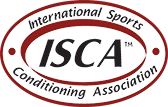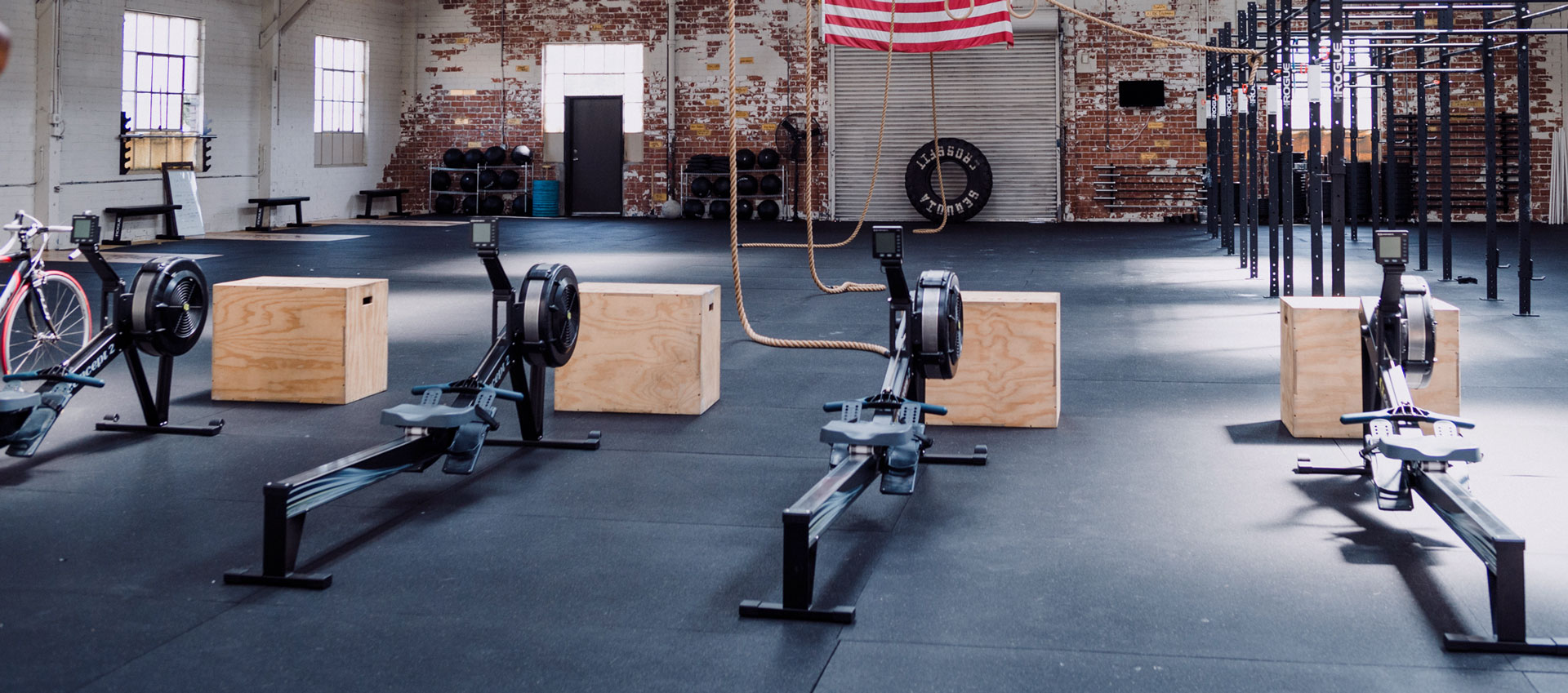
Our Story

A SHORT HISTORY OF THE ISCA AND PROMISE ENTERPRISES
Thomas “The Promise” developed Boxaerobics in 1986. It was the industry’s first introduction to boxing in the group exercise arena. Thomas wanted to inspire the general population to train like athletes. The Boxaerobics program was a huge success and demand for more classes and instructors increased.
Thomas contacted Dr. Joseph Signorile, Associate Professor in Exercise Physiology at the University of Miami to assist in understanding the workout. In 1992, Dr. Signorile evaluated the biomechanical breakdown of each movement as well as the physiological changes that take place during this sport specific training program. The ISCA textbooks and teaching format for the BoxAerobic and the Kick Box Exercise classes were based on Dr. Signorile’s work. The standards and guidelines for the fitness industry for sport specific training and interval training were also introduced by the ISCA during this time period.
Today there are over 300 master trainers for the International Sports Conditioning
Association (ISCA), teaching and developing new specialty programs to keep you, the fitness professional, ahead in the industry.
ISCA programs include over 22 certification content based programs. The popularity of Kick Boxing is still growing and demands a type of training that takes the instructors beyond the basics while emphasizing safety, sport authenticity, creativity and effectiveness.
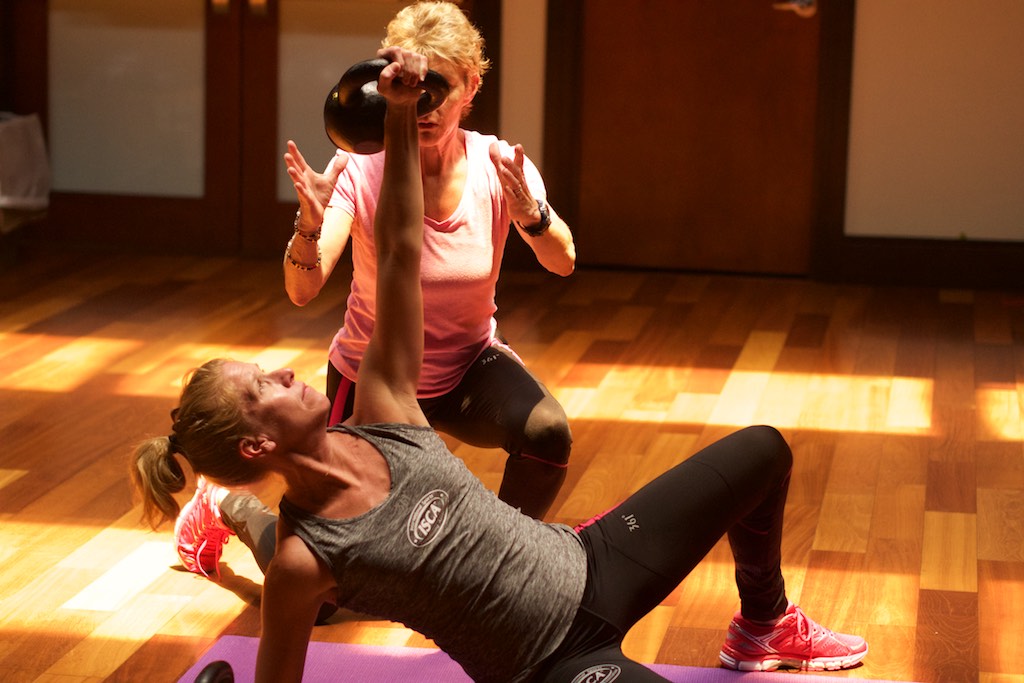
ISCA MISSION STATEMENT
The mission of the International Sports Conditioning Association (ISCA) is to promote and improve health and fitness through safe and effective sports specific programs.
ENTERPRISES
The ISCA engages in three primary enterprises to support the accomplishment of the International Sports Conditioning Association’s mission to promote and improve health and fitness,
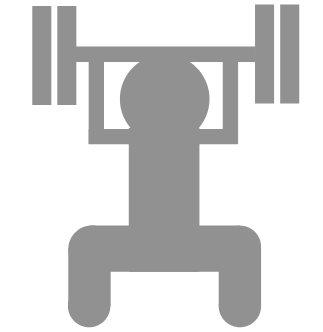
Sports-Exercise Science
To develop and/or support research and science initiatives
To maintain the scientific credibility of the ISCA
To develop and disseminate current scientific information to fitness professionals and educators through scientific statements, publications, and conferences.
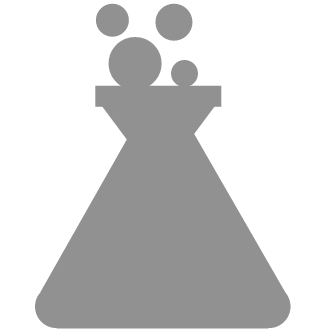
Sports-Exercise Quality Assurance
To improve the quality and safety of sport specific programs by monitoring, auditing and professional education.

Sports-Exercise Promotion
To generate interest and participation in Sports specific programs through community education, campaigns, and demonstrations and direct professional education efforts towards safe and effective exercise.
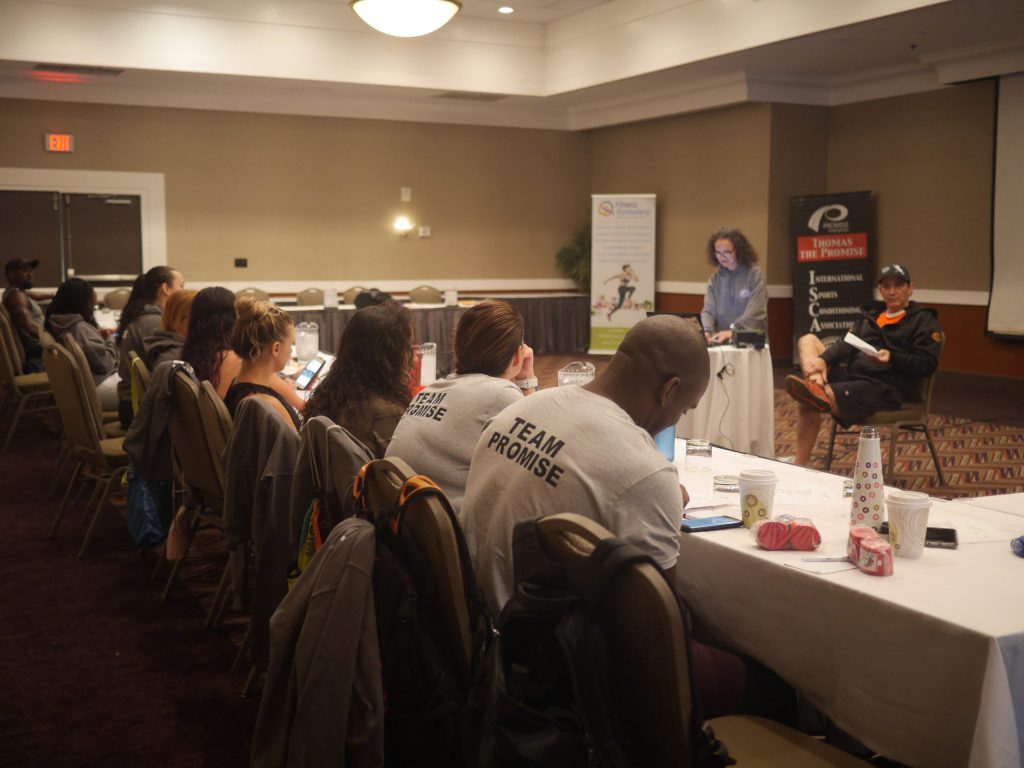
ROLE OF THE ISCA
To establish and revise standards for sport specific programs
Improve professional resources for training and act as a catalyst in the
fitness community to develop safe and effective training programs.
Direct professional education efforts to ensure safety for the consumer.
